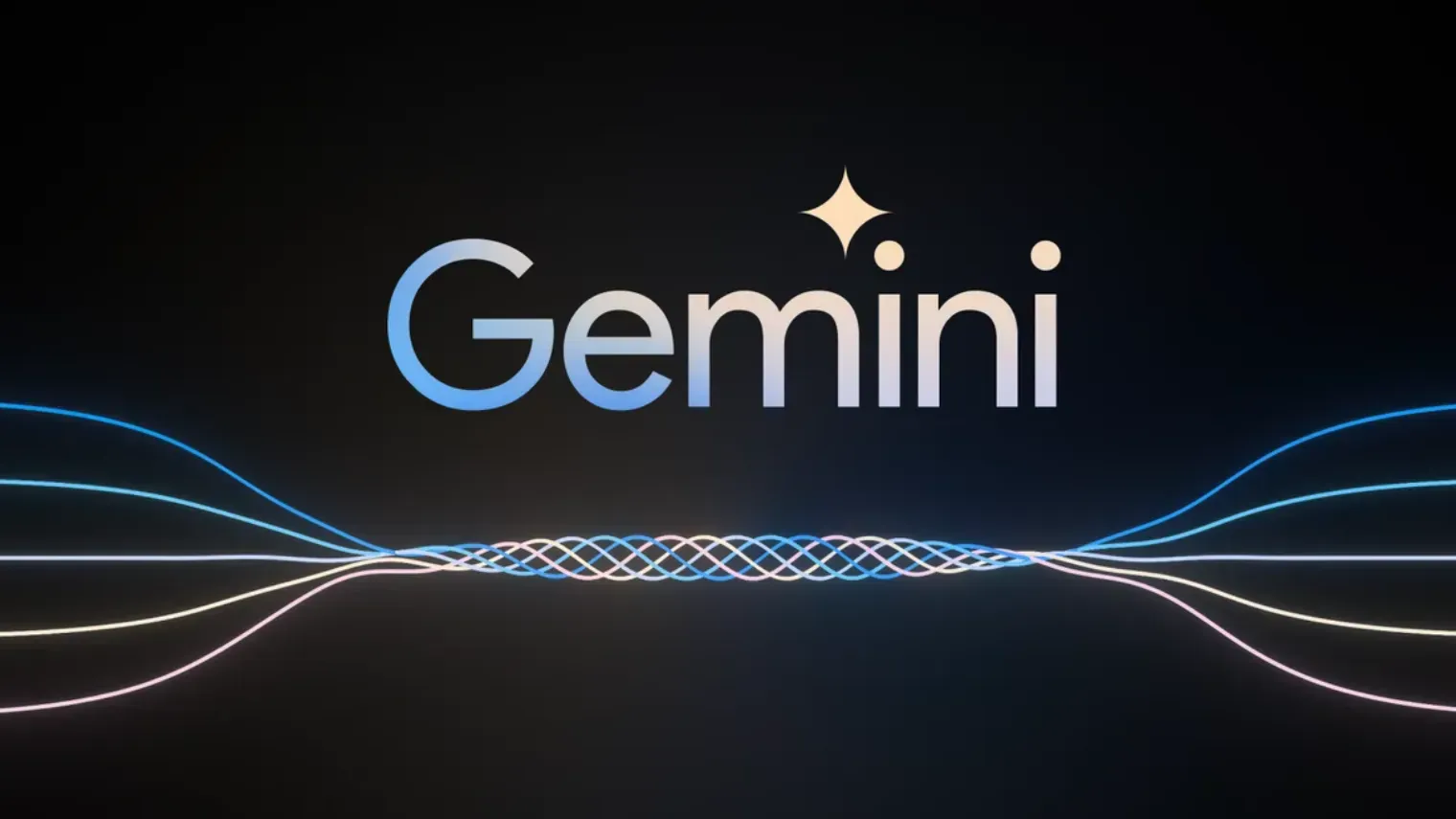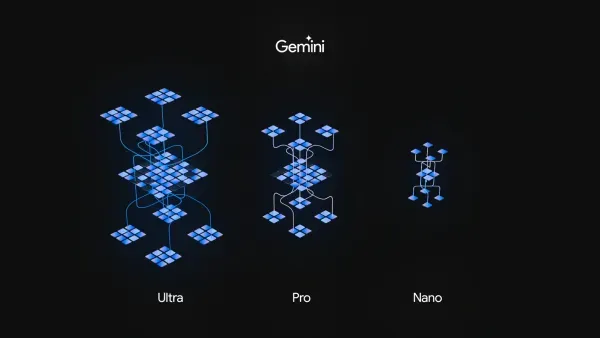Google Gemini: what is it, how does it work, differences with GPT and when can you use this artificial intelligence model?
We are going to explain the main features of Google's new artificial intelligence model, explaining them in an easy to understand way.

We are going to explain what Google Gemini is, the new artificial intelligence model created by the search engine company. We will do so by explaining its main features in a way that is easy to understand, so that you can understand why it is such an important launch.
We're going to start by explaining what Gemini specifically is, and we'll also tell you how it works on the inside. In order for you to understand it, we will also compare it with GPT, the model used by ChatGPT, ChatGPT Plus and Bing Chat.
What is Google Gemini
Gemini is an artificial intelligence model created by Google, which seeks to lead the competitive artificial intelligence market. Artificial intelligence models are not the applications or chatbots such as Google Bard, but rather the technology with which they works.
In fact, Gemini wants to be the successor of PaLM, which is the artificial intelligence model currently used by Bard. The plan is that PaLM will gradually be replaced by Gemini within Bard, so that even if we use the same AI bot, the answers it gives us will be much better.
When it comes to presentation, Gemini has stood out by outperforming all its rivals in the main tests. This means that Google has managed to overtake OpenAI and its GPT-4, although sooner or later a new version of this model will also arrive that also surpasses it.
Gemini is a multimodal model, which will be able to understand many types of information, both text and images, and it will also be able to understand audio and programming code. This will make it an extremely flexible model.
How Google Gemini works
Artificial intelligence models are trained intensively with a large amount of data. Data is collected from all over the Internet, and is given to training algorithms so that this language system learns to understand the things we tell it, has within itself the information with the answers, and manages to generate written answers that are natural.
In the case of Gemini in particular, Gemini has been designed from scratch by Google. From the beginning it has been created as a multimodal model. This means that it has not been trained to understand one source such as text, and then taught to transform other sources to this first one. Its training has been different.
This model has been trained from the beginning to combine different modalities natively. This means that it will be able to understand both a text and a drawing in real time. According to the search engine company, it is also able to relate objects in real time and suggest songs as we give it directions.
Gemini also introduces a new code generation system called AlphaCode2. This system improves understanding of complex mathematics and computer science theory. It has also improved reasoning and its ability to understand code, so that there are fewer "hallucinations" and the answers are more reliable.
Differences with GPT
Gemini has three different versions: Ultra, Pro and Nano. Gemini Ultra is the most advanced and multimodal, the second is more limited in capabilities and functions, and the Nano version is focused on devices with less computing and memory capabilities, so it can run on cell phones.

Although it may seem the least powerful, Gemini Nano is one of the biggest revolutions, as it can be used as an AI that is implemented directly inside the device. This means that you will not have to use an app that connects to an AI server as with ChatGPT, but the AI will be able to come directly on your mobile and not need a connection.
In order to understand its capabilities, it can be compared with OpenAI's GPT. To begin with, Gemini Ultra is the competitor of GPT-4, and outperforms this other AI language in current tests. While Gemini Pro is the competitor of GPT 3.5, which is the one found in free ChatGPT. Finally, at the moment Gemini Nano cannot be compared with any OpenAI product.
Another thing to differentiate is that Gemini is multimodal and GPT is not. This means that natively or "out of the box" it will be able to understand photos, audios, text and more types of input without having to seek to implement any kind of add-on.
Is google Gemini already available?
The Gemini API is now available. Gemini Pro is also available in Google AI Studio, a web-based tool that helps to quickly develop warnings. Gemini Ultra is available to selected individuals on a trial basis before being made available to developers in the coming months.

Later, Google is scheduled to release a Bard Advance, an enhanced version of Google Bard that will integrate Gemini Ultra. This will be happening starting next year, although there are no dates yet.
And finally, Gemini Nano will come to Google's Pixel 8 Pro handsets. In addition, there will also be an AICore, which is a new service for app creators to use and implement in their apps.
In addition to Google Bard, Gemini will also be coming to other services and apps from the company. For starters, it will be coming to the Google search engine, as well as Google Ads, Duet AI and the Google Chrome browser itself.
Many of the developers in the Routinehub community are starting to make projects based on this new technology, and we are very excited to see what can be achieved with the new Google AI and Apple Shortcuts.